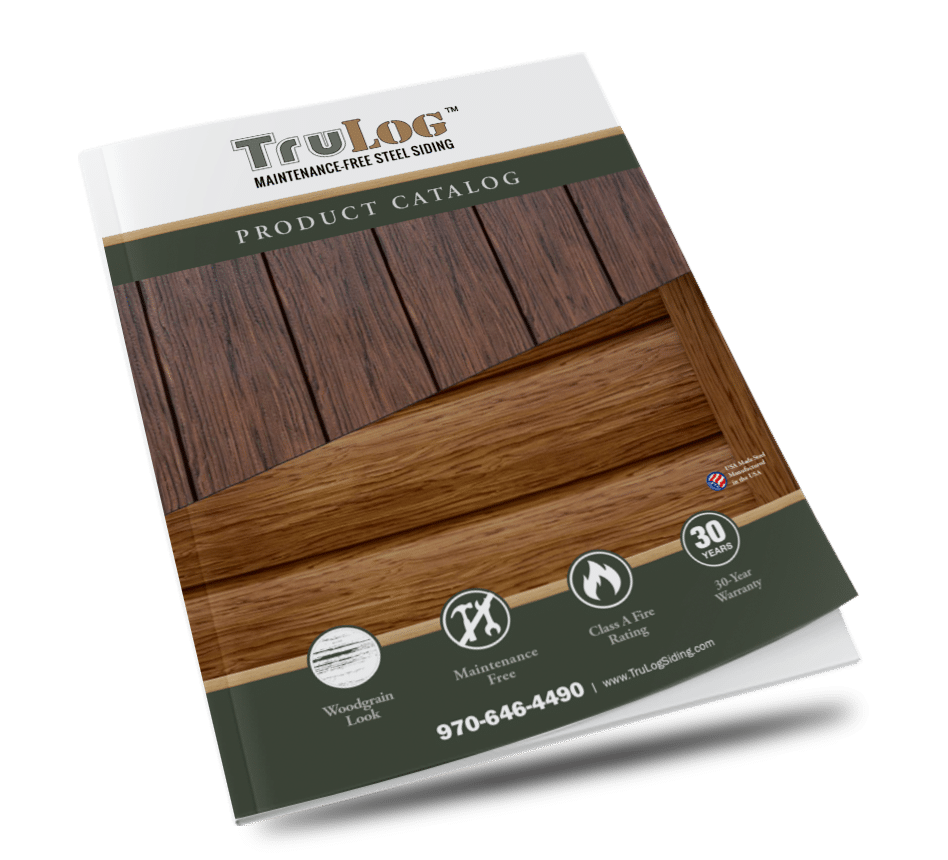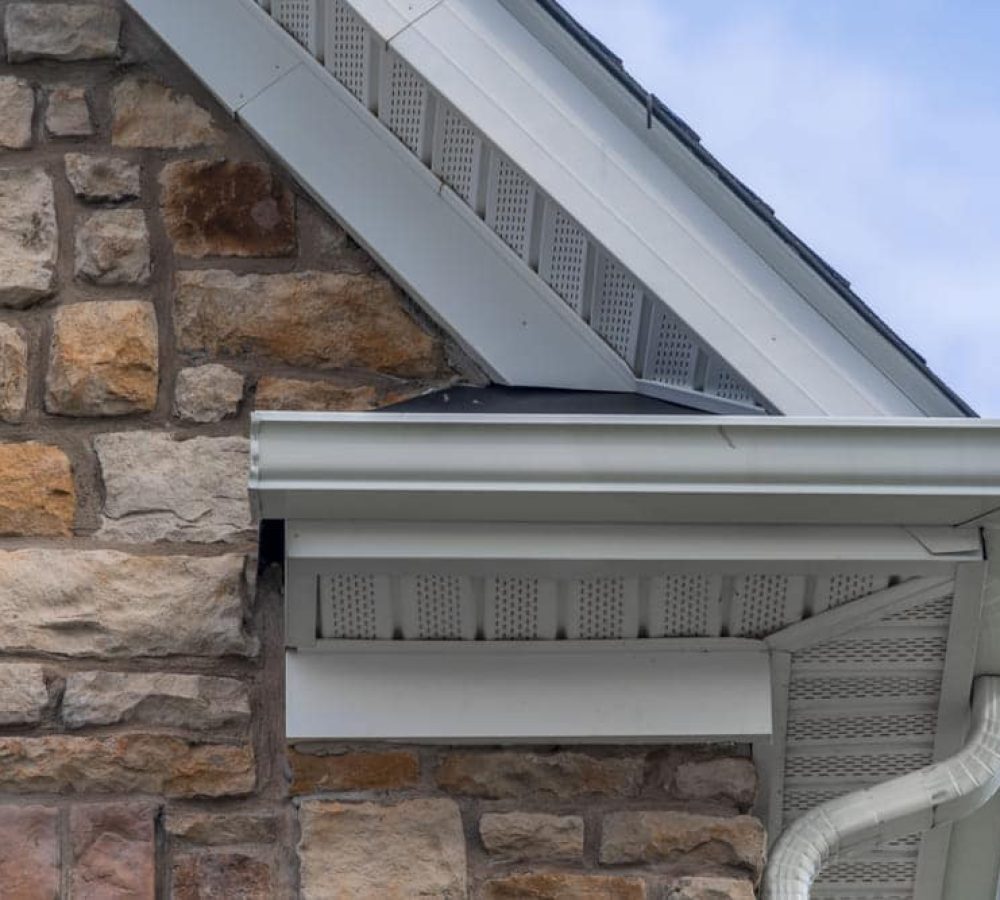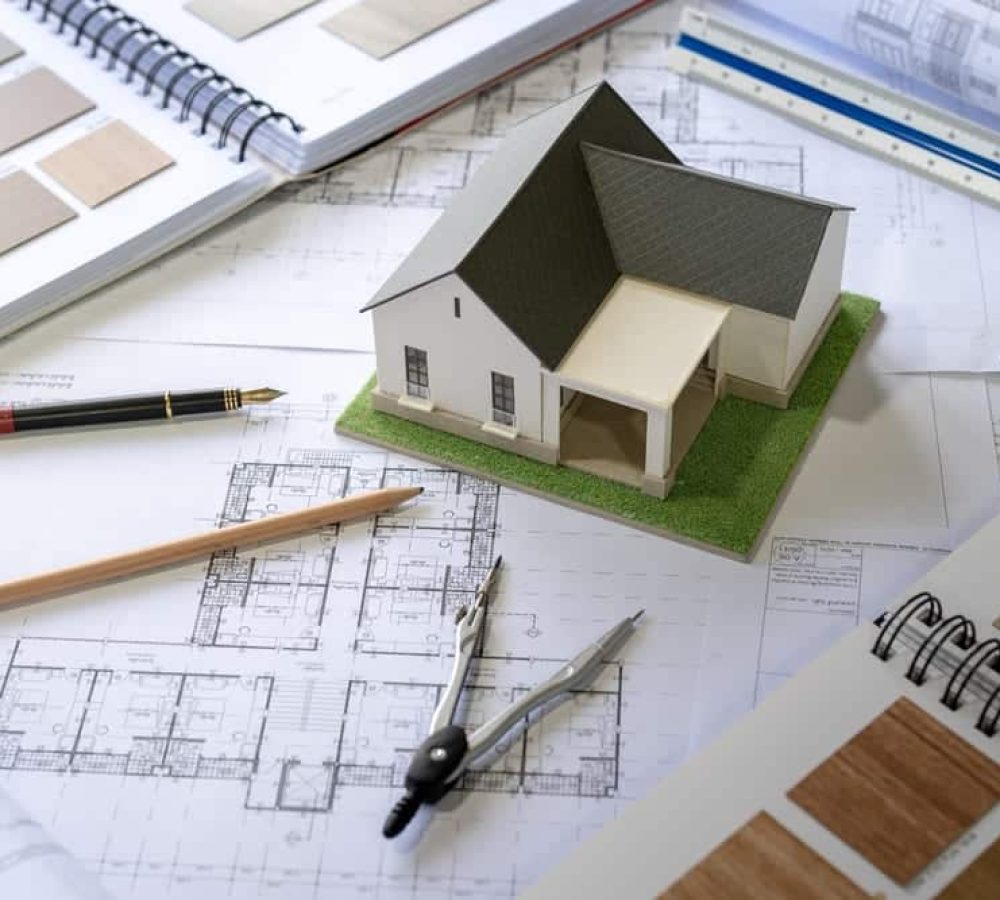Board and batten is a timeless siding style that has always been a popular choice for residential siding, and it has actually come a long way in recent years.
Alternative materials have taken this popular style to new heights in terms of longevity, durability, and resistance to weather damage.
When you learn a bit more about this exterior style, it’s clear to see that faux board and batten siding is the way to go compared to traditional wood board and batten. This article will help you compare and contrast material options and find the best alternative board and batten product for your building project. Take a look!

Traditional Board and Batten Siding
As the name suggests, this siding style consists of flat boards with thin battens installed at the seams. Panels are affixed with a vertical layout, and the raised battens effectively create stylistic visual texture and shadow lines that bring an interesting design element to the exterior.
Traditionally, board and batten siding was always crafted using real wood. This stemmed from the availability of timber and common building practices at the time of development. However, modern buildings have departed from this tradition for the most part. Though real wood board and batten siding is still sold, it is often more prudent to choose an alternative board and batten siding material to avoid some of the common problems that arise with wood.

Common Wood Siding Issues
There’s no doubt that wood siding is often more affordable and more widely available than faux board and batten siding materials. However, the risks involved with real wood siding are great, simply due to its natural vulnerability to water damage, as well as the rapid deterioration that can occur from exposure to sun, heat, and environmental pests.
Of all the issues that come up with real wood board and batten siding, water damage is perhaps the most common — and the most devastating. Wood tends to absorb moisture, and when siding seeps up water, it starts to rot. Rotten wood panels are not only an eyesore; they’re also dangerous, as they weaken the wood itself and provide the perfect conditions for other problems, like mold growth and pest infestation. In almost all cases, rotten siding panels cannot be fixed — they must be replaced, which can cost time and money.
Beyond moisture damage, real wood board and batten siding has many other common problems. Changes in temperature can cause real wood to swell and shrink, which loosens the board and batten siding and distorts the layout. This shifting can cause gaps to appear in the seams, which only further intensifies the risk of deterioration.
Flammability is another concern that homeowners face when installing board and batten siding made from real wood. Fire can spread quickly in homes built with flammable materials. Though a home can never be 100%-fireproof, swapping naturally flammable materials like wood for fire-resistant alternatives is a great way to reduce the risk of a fire spreading rapidly.
Finally, the upkeep of real wood board and batten is quite intensive compared to faux alternatives. Wood siding requires regular maintenance, including caulking, repainting, and repairing damaged panels that have chipped, peeled, or faded with exposure to the elements. It’s certainly possible to maintain real wood siding, but it requires a lot of work.

Alternative Materials for Board and Batten Siding
Due to wood’s general susceptibility to wear and tear, homeowners often consider faux board and batten siding materials when building a new home or renovating an existing property. There are many options on the market, all of which offer unique pros and cons.
Vinyl
Vinyl siding is very easy to find and quite affordable. Compared to real wood, vinyl does not experience the same level of deterioration due to water damage. However, it is still considered more flammable than other materials. In addition, vinyl is a plastic-based product, so it is not always considered the most sustainable or environmentally responsible swap.
Fiber Cement
Fiber cement is a much stronger material than both wood and vinyl, making it a smart choice for homeowners who value longevity and durability. One of the most notable downfalls of fiber cement board and batten siding, however, is that it may require installation to be completed by a licensed professional. Not everyone is familiar or qualified to work with fiber cement siding.
Steel
Steel siding provides enhanced durability but without the installation hangups. Steel siding is considered a maintenance-free alternative to wood, and it is designed in a way that makes it very fast and easy to install — even by general contractors and DIY enthusiasts.
In addition, it has an exceptional Class A Fire Rating. Compared with other faux board and batten siding materials, steel is generally considered to be a much longer-lasting product that requires the least amount of upkeep and maintenance.
TruLog – For Beautiful Board and Batten Products
Specializing in steel siding, TruLog has many beautiful board and batten products. Whether you’re looking for chic and modern or something more traditional, TruLog delivers with beautiful board and batten built from steel.
Download our Board and Batten Buyers Guide today to explore an impressive range of siding colors.




